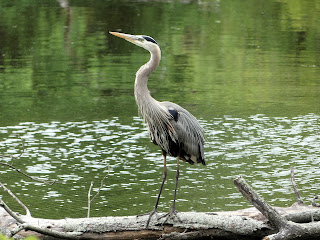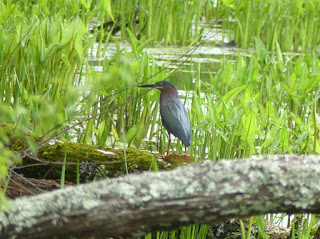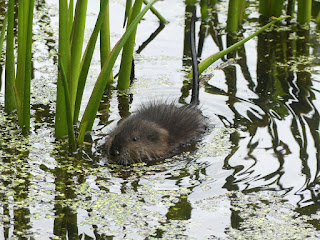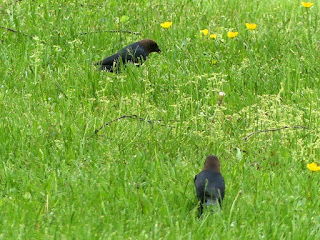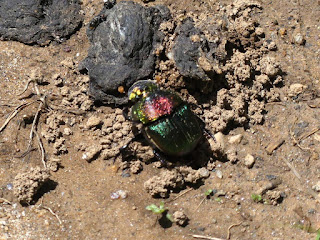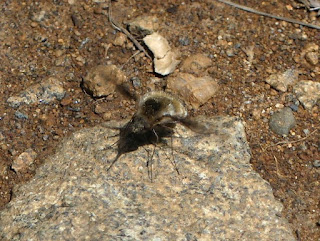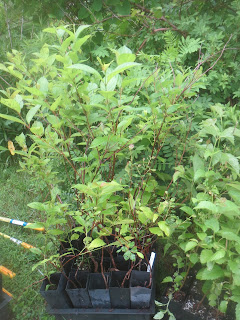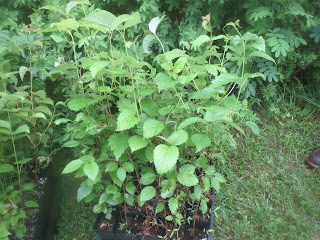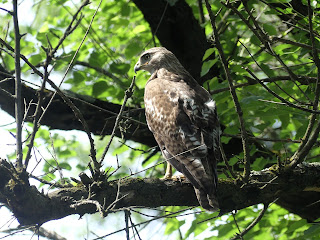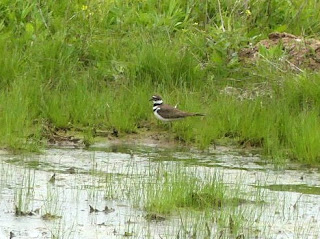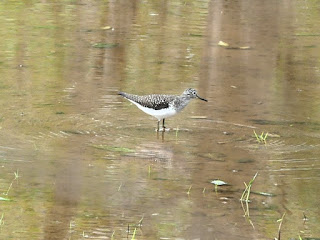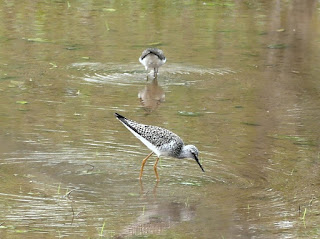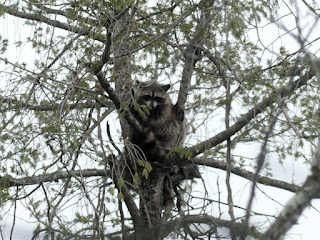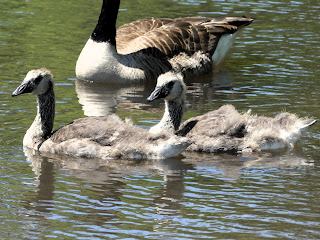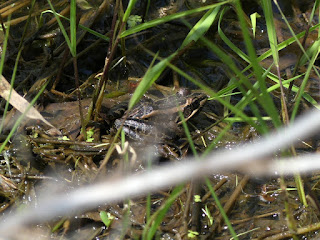Painted Skimmer

Here's a Painted Skimmer I met last month. Since the dark spots of the wings go very close to the end of the wings, I'm pretty sure this is a male. This location might be a little unusual for a male however; I saw it away from water in a more wooded area. I've read that generally speaking the males stake out areas near water while females hunt in nearby woods. (Presumably when the females are ready to mate, they can simply head to water and mate with whichever male has staked out that particular territory.) I've gotten some pictures of odonates mating, but it would be challenging to capture Painted Skimmers (or most other skimmers ) in the act. Apparently they mate in midair while flying. (Moving targets are pretty challenging for me.) May 6, 2021 at Sourland Mountain Preserve Photo 128958591, (c) jpviolette, some rights reserved (CC BY-NC)

